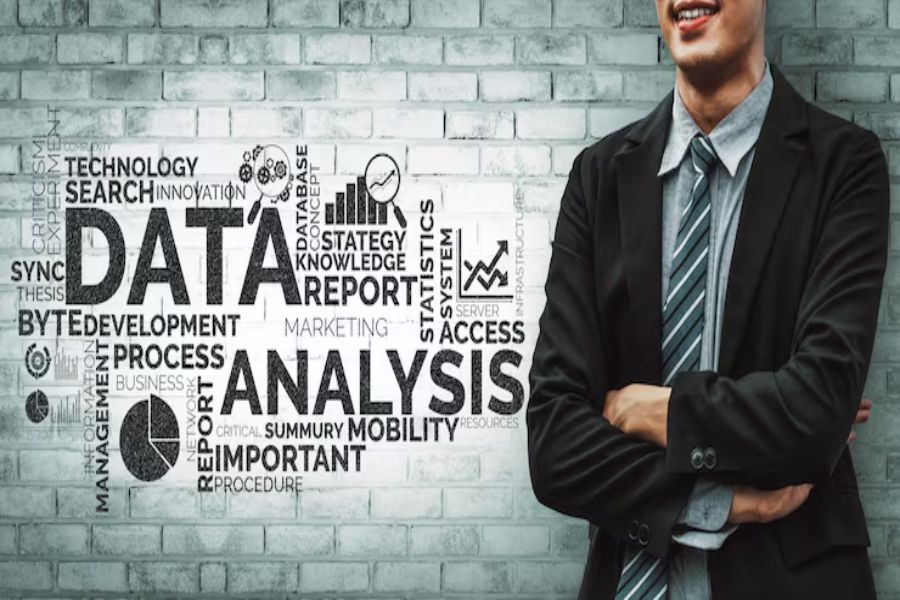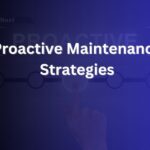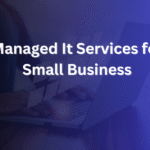Walk onto a busy job site today and you’ll notice something different. People are still wearing hard hats, boots, and gloves, but now some of that gear blinks, buzzes, and talks to a server somewhere. The reason is simple. Data has joined the safety team.
For decades, workplace safety was about avoiding what went wrong last time. Inspect the equipment. Post the signs. Remind everyone to stay alert. But accidents still happen because humans can’t monitor everything, all the time. Now artificial intelligence is stepping in to do the watching, and it’s changing how we think about danger, risk, and prevention.
The Rise of Smart Wearables
Those safety vests and helmets that used to be standard issue? Many of them are now loaded with sensors. Some track heart rate and body temperature. Others monitor air quality or detect falls. A few even measure posture and movement to warn when someone is straining in a way that could cause injury.
The technology sounds fancy, but the goal is pretty straightforward. The system notices small problems before they turn into big ones. If a worker’s core temperature spikes, an alert goes out. If someone hasn’t moved for too long in a hazardous area, the supervisor gets a ping. The point isn’t just to collect information, but to catch the moment when something starts to go wrong.
More than 2.4 billion workers globally are exposed to excessive heat, according to the World Health Organization. That exposure contributes to over 22.85 million occupational injuries every year, and more than one-third of workers who frequently perform in hot conditions show physiological signs of heat strain. Numbers like that explain why temperature-tracking wearables are no longer optional.
In a construction zone under summer heat, for example, a few degrees can be the difference between feeling tired and passing out. A connected vest can sense that change and warn the worker to rest or hydrate. The same principle applies underground, in warehouses, or in chemical plants where exposure limits matter.
Every sensor adds a layer of awareness. When those layers connect, the workplace starts to feel less like a patchwork of safety rules and more like a living network that protects people in real time.
Turning Data Into Foresight
Once all that information starts flowing in, artificial intelligence takes over. It doesn’t just store the numbers. It studies them. Algorithms look for patterns that humans wouldn’t notice. A slight increase in near-misses around a certain machine. Subtle temperature changes before a piece of equipment fails. Small clues that hint at a bigger problem ahead.
These systems learn fast. Each shift adds new data that makes the model smarter. A few months in, the AI begins to see where trouble usually starts. It can predict when certain conditions combine in a way that leads to accidents.
This doesn’t replace safety managers. It gives them a sharper set of eyes. Instead of reacting after an incident, they can act while there’s still time to prevent it. A warning here, a repair there, a quick retraining session before the problem spreads. The system becomes a second sense for the whole operation.
And because data keeps coming in, the insight never stops. The factory floor, the construction site, the delivery depot—they all become feedback loops, constantly teaching themselves how to be safer.
When Prevention Isn’t Enough
Of course, even the best systems can’t stop every injury. When something does happen, all that data becomes crucial evidence. Every sensor reading, every machine log, every alert can paint a picture of what actually occurred.
This is where technology meets the legal world. After an incident, investigators often turn to digital records to piece together the story. Lawyers handling workplace injury cases now work closely with technical specialists who can interpret sensor data and system logs. Instead of relying only on witness memory, they have time-stamped information from the moment things went wrong.
If a worker slipped, the motion sensors can show whether they were moving normally or reacting to something unexpected. If a machine failed, its internal data might reveal whether it was due to maintenance neglect or a sudden fault. Lawyers and tech experts use this evidence to determine responsibility and, in many cases, to speed up resolution.
It has changed how injury claims unfold. The goal isn’t to replace human testimony, but to back it up with hard data that can’t be argued with. In a way, the same tools built to protect workers now also protect their rights when something goes wrong.
The Shift to Real-Time Response
Before AI, safety systems were mostly reactive. Something happened, someone reported it, and the company figured out how to prevent it next time. Now, with connected monitoring, response happens while the event is still unfolding.
Picture a factory line where sensors pick up unusual vibrations. The AI system cross-references that with past data and concludes that a motor is close to failure. The platform automatically slows the line and alerts maintenance. Workers move clear. The potential accident never happens.
Mining operations already use similar systems to detect dangerous gas levels or unstable rock formations. If the numbers rise above a certain threshold, alarms trigger instantly and evacuation protocols begin. In warehouses, motion sensors and vision systems map out pedestrian movement so forklifts and people don’t cross paths unexpectedly.
The remarkable part is how these systems talk to each other. One facility can share its data with another. Lessons learned from one near-miss can update procedures across an entire company. The network gets smarter as it grows.
The Culture Behind the Code
Introducing AI into safety programs changes how people think about responsibility. Traditional safety programs often revolved around compliance. Follow the checklist, pass the inspection, move on.
Data-driven systems shift the mindset toward prevention and accountability. When information is shared openly, when workers understand what’s being monitored and why, they tend to engage more deeply. They start contributing feedback that improves the models further.
The trust part is essential. People need to know that the sensors aren’t spying on them, but protecting them. Transparency about what data gets collected and how it’s used makes the difference between cooperation and resistance. When done right, workers become partners in innovation instead of subjects of surveillance.
The result is a quieter kind of safety culture—one where awareness is built into the rhythm of the workday. Nobody has to think about the system constantly. It hums in the background, learning, watching, and warning when something’s off.
Looking Ahead
The next wave of safety technology is already forming. Drones inspect areas too dangerous for humans. Cameras equipped with machine vision track compliance in real time. Robots handle tasks that once required direct human exposure to risk.
Each of these tools produces even more data. AI ties it all together, finding the connections that human analysts would never spot. As these systems mature, workplaces become ecosystems of shared intelligence. A hazard detected in one corner of the world can help prevent an accident in another.
There will always be risks. Machines break. Humans make mistakes. Weather changes. But with data as a partner, those risks stop being mysteries, and become measurable, predictable, and manageable.







